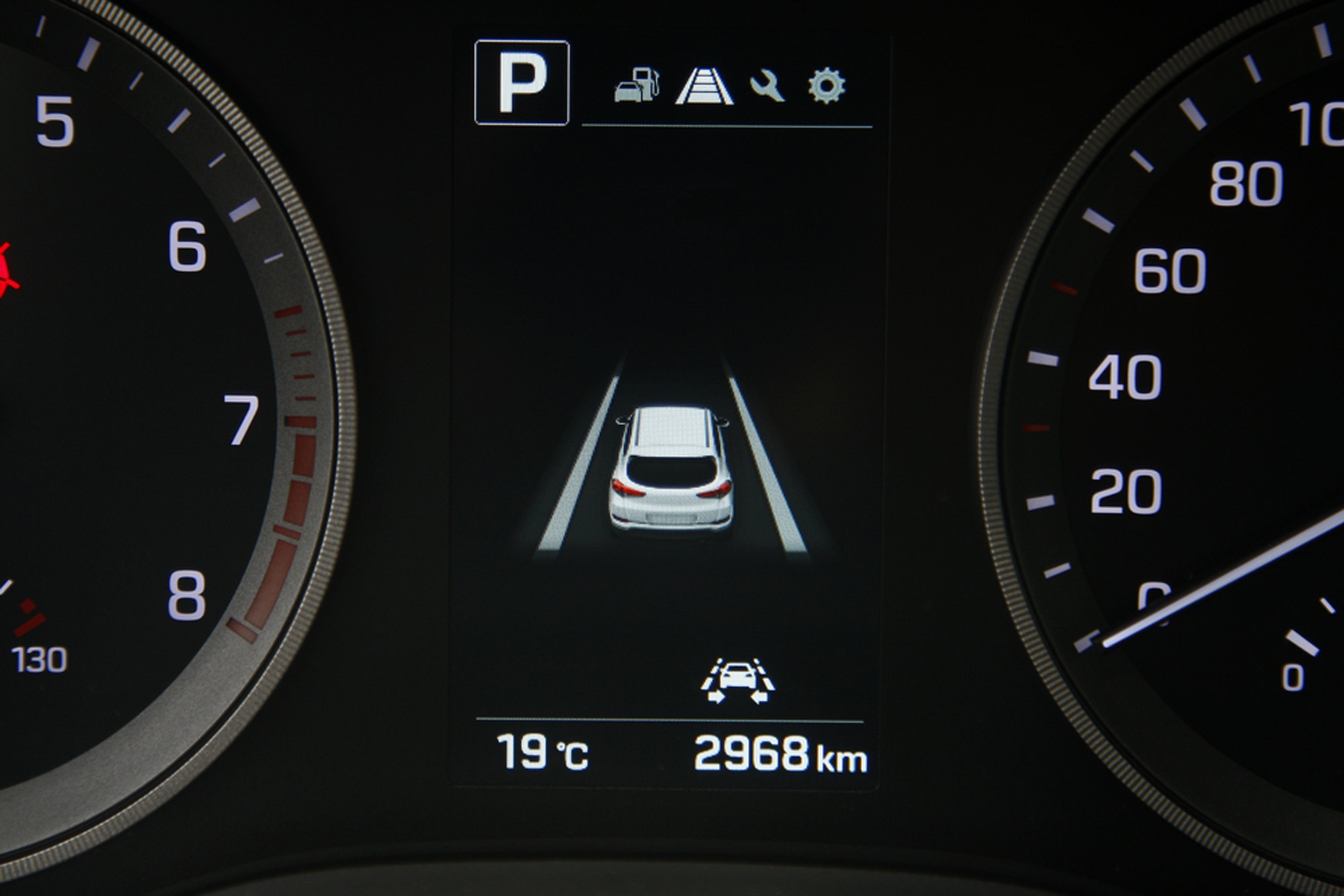What Is Lane Keep Assist?
Lane Keep Assist is a useful safety feature available in many new cars that helps keep you from crossing lane lines inadvertently. Here's how it works.
 Shutterstock
Shutterstock
Many new cars are stuffed with safety technology, and it can be tricky to figure out which safety feature does what. One useful feature is Lane Keep Assist (LKA). LKA is a technology that will actively provide steering or braking input to help keep your car from crossing over a lane line when you don't want to, potentially causing a crash.
LKA is similar to but distinct from Lane Departure Warning (LDW), as LDW only notifies the driver — through audible or visual alerts — that the car is possibly leaving its lane. LKA adds an intervention to the LDW alert so the car will adjust to help keep you in your lane.
How Does Lane Keep Assist Work?
Most LKA systems work by applying steering force to direct a car back into its lane. LKA is a feature typically meant to assist you when you have your hands on the wheel but need help guiding the car back to where it's supposed to be. It is not an autonomous system through which you can take your hands off the wheel while the car drives itself.
If the car detects you are crossing over a lane marker — usually with an onboard camera that's watching the lane lines — it will begin to apply steering force to direct the car away from the lane line and back into your lane.
There are other ways for cars to keep you in your lane, too. Instead of providing extra steering input,
It's worth mentioning that the driver is meant to remain in full control of the car at all times, and the additional steering or braking input provided by LKA can easily be overridden if you are intentionally changing lanes. Additionally, LKA will turn off entirely if the turn signal is activated.
What Lane Keep Assist Doesn't Do
It's vitally important to note that LKA is not a self-driving system, as it requires the driver to maintain command and control of the vehicle at all times. Instead, LKA is what's known as an advanced driver assist system or ADAS. It's meant to help keep you and your family safe. It should not be relied on to handle the car's steering at any time. It's like automatic Emergency Braking: it can save you from a crash, but you hope you'll never need it.
A Consumer Reports
Written by humans.
Edited by humans.
 Jordan Golson
Jordan GolsonJordan Golson is a transportation reporter covering cars, trains, planes, future cities, mobility and more — basically, if it moves and doesn’t go to space, he's on it. He is especially interested in the intersection of transportation and technology, and that means he goes deep into electric cars, autonomous vehicle tech, sensors, safety, connectivity, and similar topics.
Related articles
View more related articles